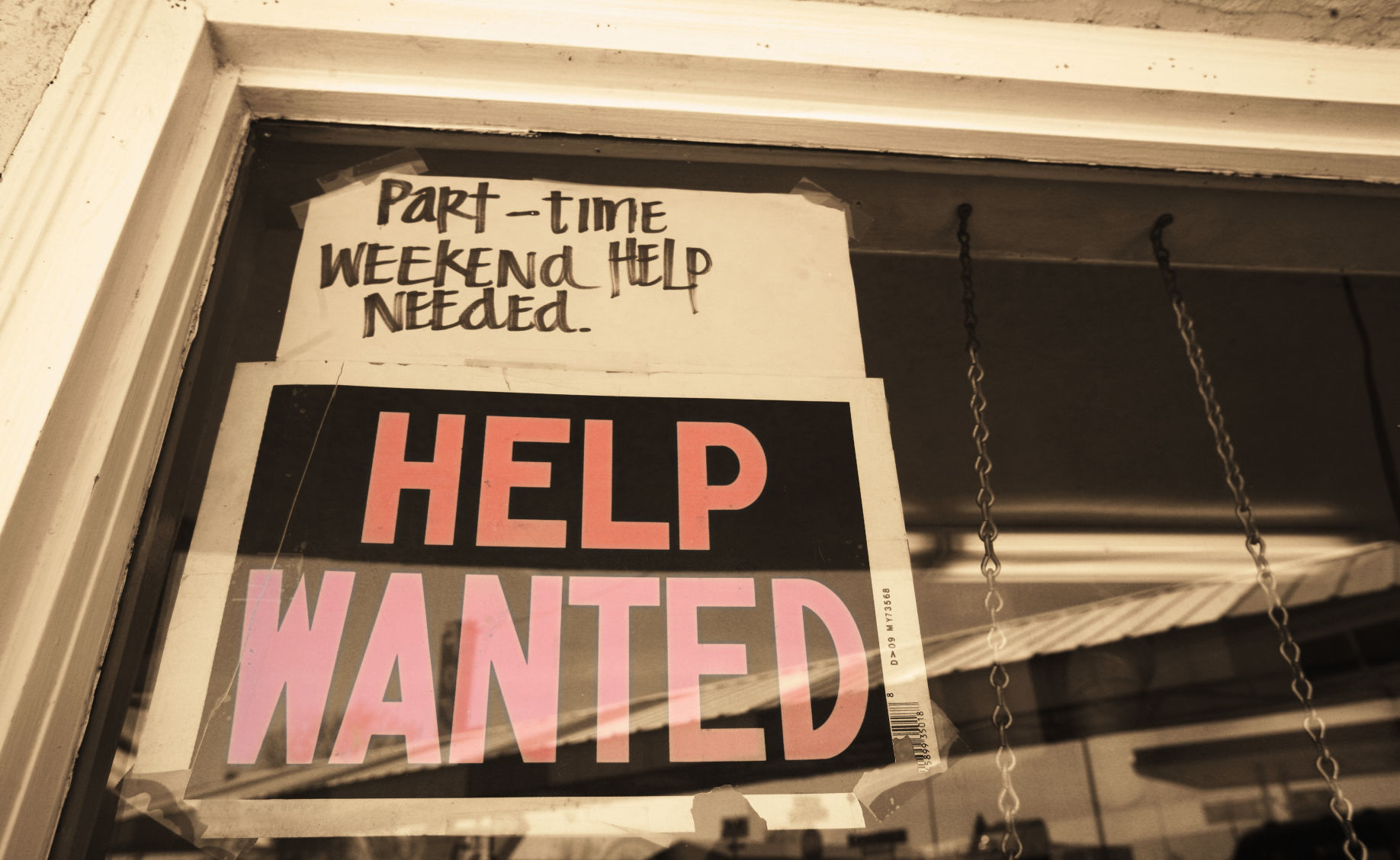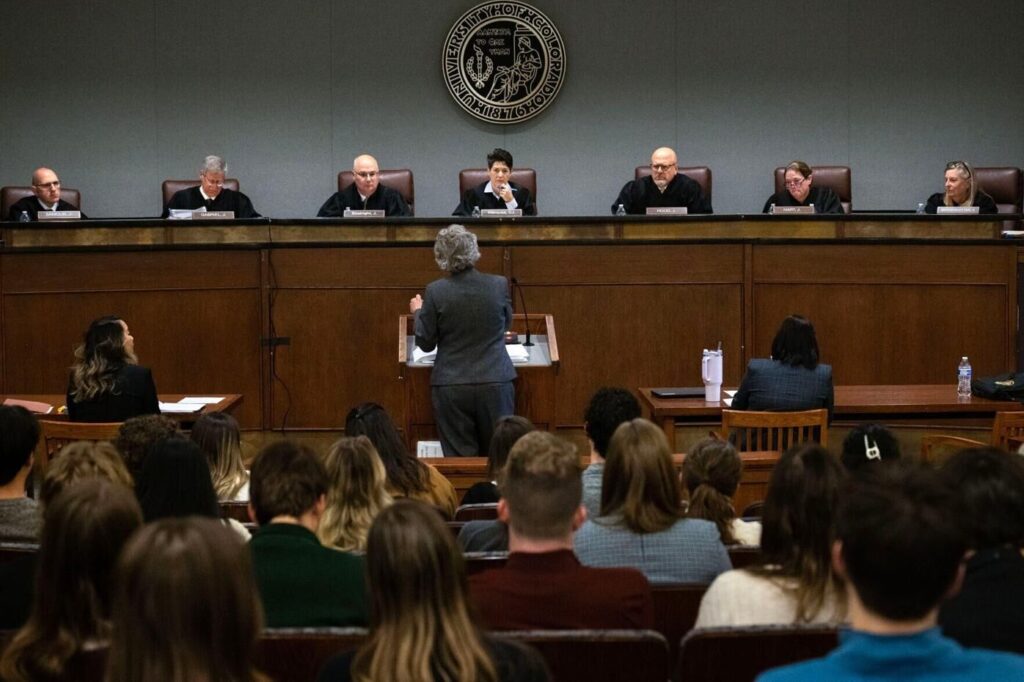Colorado jobs and unemployment: A snapshot

The Colorado Department of Labor and Employment came out Friday with its latest monthly jobs report for the state, covering November. Here are the key takeaways for the state’s workers:
- Payroll jobs (non-farm): Up 1,800 from the previous month, to 2,749,800, and up 69,100 from a year earlier.
- Private sector payroll jobs (non-farm): Up 700 from the previous month, and up 62,200 from a year earlier.
- Government jobs: Up 1,000 from the previous month, and up 6,900 from a year earlier.
- Average workweek (non-farm payroll jobs): 33.2 hours, down from 33.4 hours a year ago.
- Average hourly wage (non-farm payroll jobs): $29.46, up from $27.94 a year ago.
- Unemployment rate: 3.3 percent, up from 3.2 percent the previous month, and up from 3.0 percent a year earlier.
- Unemployed people: Up 4,200 from the previous month.
- Labor force: Up 7,400 from the previous month, to 3,108,600.
- Employed people (including self employed and farm workers): Up 3,200 from the previous month, to 3,006,200.
- National unemployment rate: 3.7 percent, unchanged from the previous month.
- The largest over the month private sector job gains were in professional and business services and trade, transportation, and utilities. The largest over the month declines were in education and health services, leisure and hospitality, financial activities, and construction.
- The largest private sector job gains over the year were in professional and business services, trade, transportation, and utilities, and leisure and hospitality. No sectors declined over the year.
Explainer: These numbers come from two different government job surveys that don’t always agree: a survey of employers (payroll jobs only) that doesn’t include self-employed people and farm workers, and a survey of households (payroll and non-payroll employment, unemployment, labor force participation) that does include those categories. In the latter survey, people with multiple jobs are counted only once.
“Unemployment” (as the government defines it) means people who don’t have a job and have applied for one in the last four weeks. “Unemployment” figures do NOT include out-of-work people who haven’t sought a job recently, or “discouraged” workers who say they want a job but haven’t applied because they don’t think one is available for them, or people working part-time who say they can’t find a full-time job, or people who aren’t seeking a job because they’re retired, or sick or disabled, or in school, or at home caring for their family.
“Labor force” means people with jobs plus unemployed people actively looking for a job. (Sometimes the unemployment rate rises even if employment goes up because more people are entering the labor force who previously weren’t looking for work.)
“Payroll jobs” means working for an employer except for farm workers. It does not include the self employed or certain home domestic workers.














